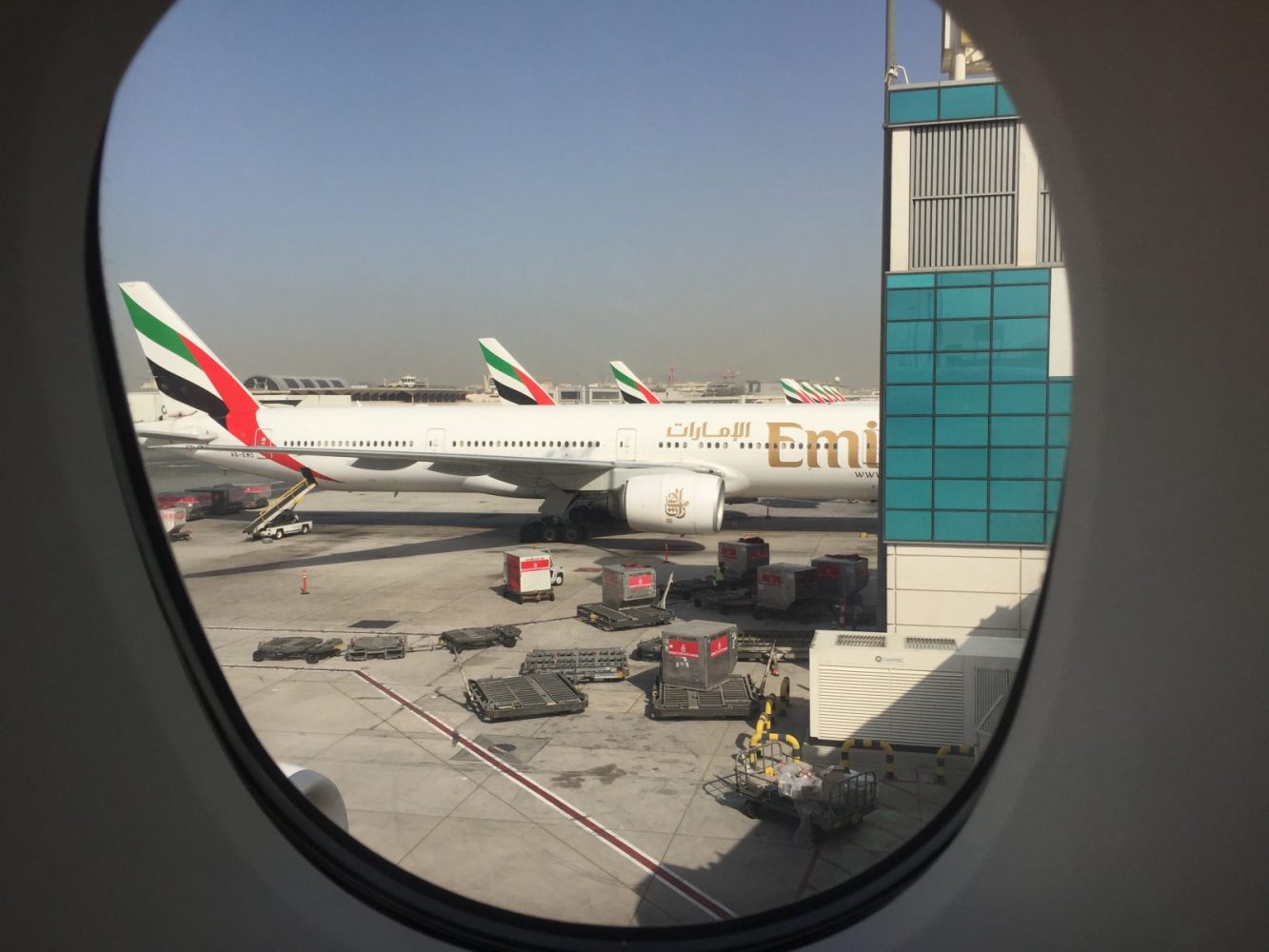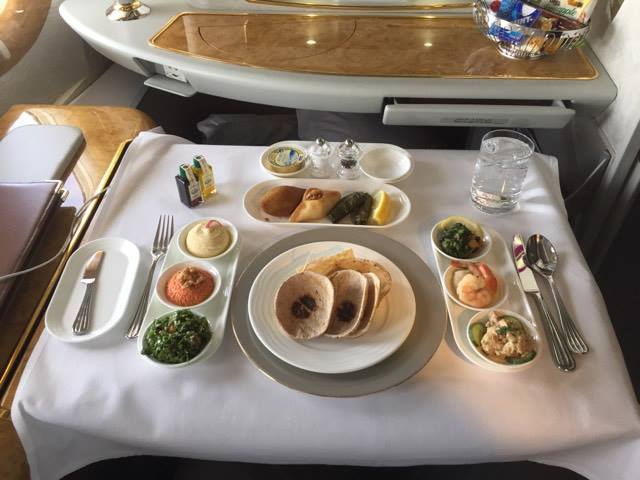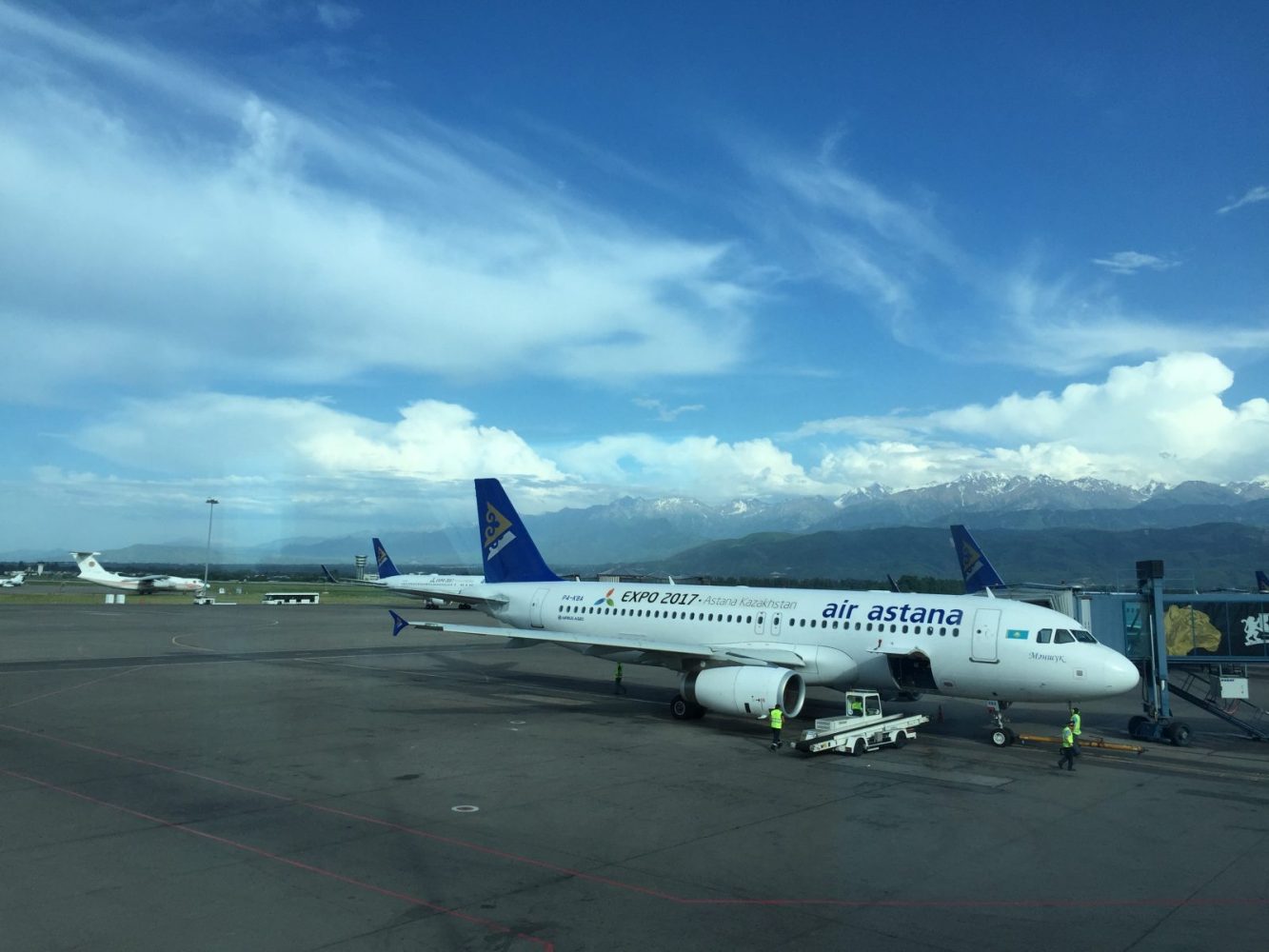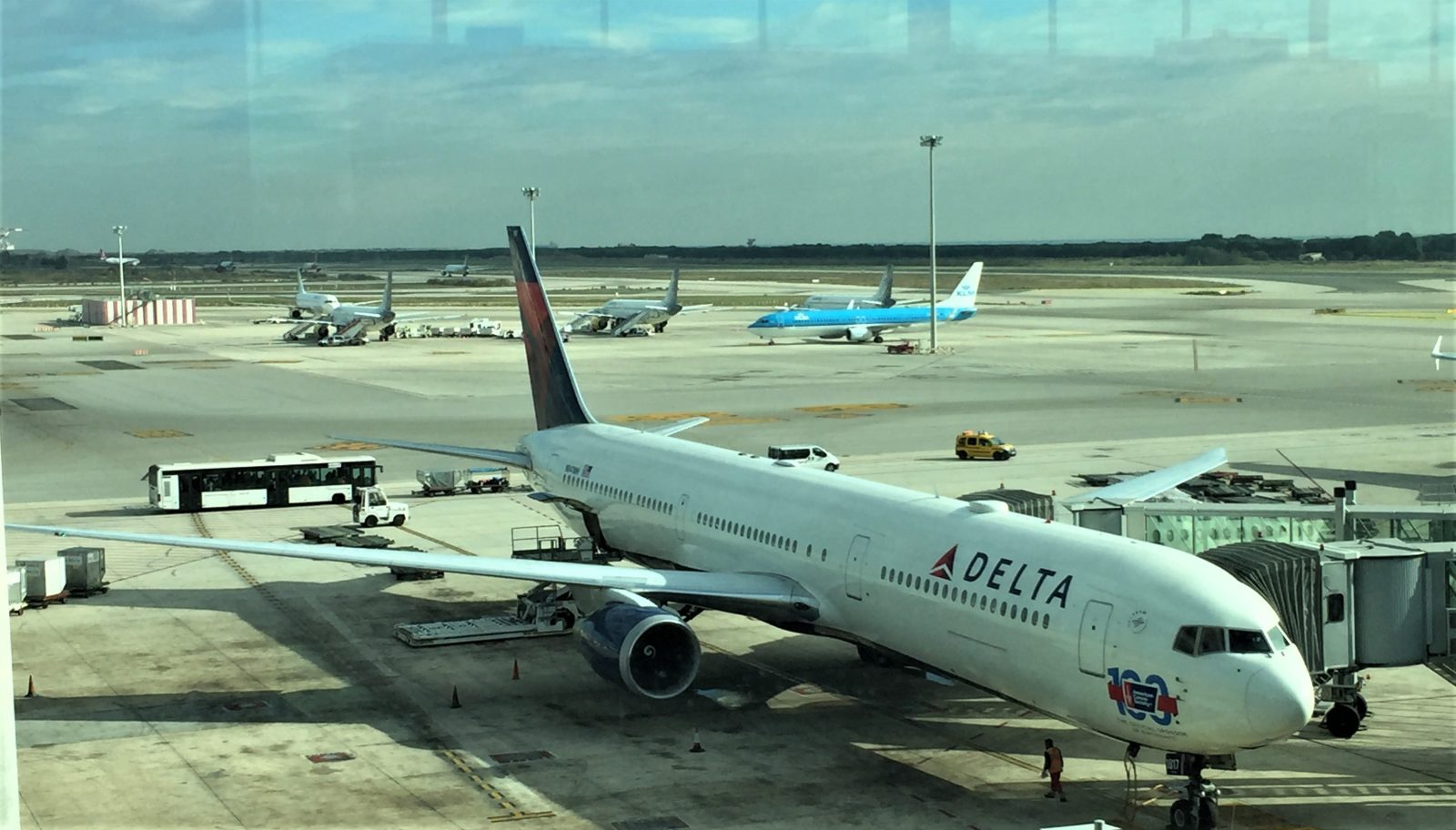Emirates: a positive force for change in the world of aviation since the 1980s

Table of Contents
Emirates, an airline launched in the 80’s has been a power house in the changing geography of aviation. Now watch Turkish and Air Astana try to join the club.
Emirates
I was in Dubai to seek some business with DNATA, the national travel company, and all the talk was of the development of this upstart.
It was difficult to believe, on the one hand, because we were sitting in a dusty, hot and very isolated emirate, and the Dubai of 2015 was still thirty years and several trillion dollars away, but enthusiasm was not in short supply.
“The key”, I was told, “is our location; in the middle of everything”. My conversationalists that day were Tim Clark and Maurice Flanagan, two of the most significant men in the global aviation industry; they were fun, interesting and most engaging, and probably still are.
I thought of staying, and throwing my hand in with this idea, but as with most of us and the opportunities that come our way, I packed up and went home instead.

They were, of course, quite correct, and now we see the global travel industry in the throes of a major shift. Who will win, what victory will look like and when it may be proclaimed are all fuzzy, but we can say for certain that the industry in ten years will be a very, very different beast.
Airline geography is a function of population diffusion and migration, of the ability of aircraft to fly immense distances and of political and financial sway.
Change in Aviation
There is no doubt that modern aircraft with the ability to fly for sixteen to eighteen hours have made the most difference; they have placed the Gulf States in the global centre of the aviation world.
Most centres on the planet can be connected with a single transfer; Europe to Australia, South America to Asia, Africa to anywhere.

And herein lies the rub; the major Middle East carriers, Qatar Airways, Emirates and Etihad have had the money to invest, and invest, they have. They offer brand new aircraft, superb in-flight service and regular and punctual service.
They serve the world’s diasporas with ever-larger aircraft moving hundreds of thousands of families home to SE Asia, the sub-Continent and Africa, while offering the high-yield business travellers a level of service that is rarely equaled by their Western counterparts.
The US carriers, in particular, no strangers themselves to the benefits of duopolies and cartel-like behaviour, cry “foul”.

Their route strategies, so dependent on trans-Atlantic flights connecting to “partners” for onward travel are being usurped by airlines overflying Europe for the final local disbursement to be made from their Gulf hubs; considerably more efficient for their passengers, but a commercial stake-in-the-heart for those promoting the transfer hubs of Europe.
The changing face of aviation
So we see a storm brewing; Canada refuses additional traffic opportunities for Emirates so the government of the UAE closes a Canadian military camp in Dubai. The US Three (United, Delta and American) cry foul at the perceived advantages that the Middle East Three may have with subsidised fuel.
The Middle Eastern trio respond with stories of the American governments’ own anti-competitive instincts (just ask Norwegian about their welcome to America). And so it goes on … but to what end?
American carriers have old aircraft (by and large), indifferent crews and poor ground services; they suffer from immense legacy costs from both union contracts, pension obligations and bloated management that are not a part of the Middle Eastern carriers’ obligations.
This may or may not be fair, but most certainly adds significantly to the cost of their tickets. They are losing passengers, but instead of whining, perhaps they should seek to control costs rather than chip away and monetising every perceived benefit their passengers might enjoy.
Perhaps they should offer better service, and perhaps they should simply stop being so damned adversarial to their customers.
And perhaps all six of these behemoth airlines should be watching Istanbul.
The Newcomers: Turkish, Air Astana and others
Under, perhaps, the cover of darkness, or perhaps because nobody ever took Turkey as seriously as they should, in a wide variety of arenas, both economic and political, Turkish Airlines has grown into one of the world’s most powerful airlines.

They already fly to more countries than any other carrier (105). With their hub in Istanbul within range of so many second and third-tier cities, suitable for their smaller A319 fleet, their growth is only just beginning.
Transiting in Istanbul is an extraordinary experience; so many aircraft, so many destinations and so many people; their expansion plans are ambitious and their government an integral part of this future.
When is governmental investment in infrastructure a “vital key to economic growth” and when is it a “subsidy”?
It all depends on who is asking.
